A Simple Guide To The 4 CliftonStrengths Domains For Team Success
When it comes to building effective teams, knowing each person’s strengths can make a big difference. Instead of focusing on what people lack, CliftonStrengths helps you discover what each person naturally does best. This allows teams to work better together by maximizing individual talents.
If you’re leading a team or part of one, understanding the CliftonStrengths domains is a helpful place to start. These domains show how people contribute in different ways and give a clearer picture of how to get the most out of your group.
What Are the CliftonStrengths Domains?
CliftonStrengths is a tool developed by Gallup to help individuals identify their top talents and understand how they can contribute best to their work and life. The assessment measures 34 talent themes, which are then grouped into four broad areas known as the CliftonStrengths domains. These domains help simplify the way we look at strengths and show how people naturally lead, think, execute, or connect with others.
The idea behind using StrengthsFinder Leadership Domains is to organize talents into patterns. This makes it easier to see how someone can support a team or take the lead in certain situations. Whether you're building a team or looking to improve how your team works together, the domains offer a clear and practical guide to understanding what makes each person valuable.
The Four CliftonStrengths Domains Explained
1. Executing Domain
People with strengths in the Executing domain know how to get things done. They turn ideas into action and make sure work is completed properly. These individuals often carry a strong sense of Responsibility, meaning they take ownership of tasks and make sure they follow through. Their focus is on results, processes, and consistency.
Team members who lead through this domain help keep things on track. They make sure goals are met and that projects don’t fall through the cracks. When others have big ideas, the Executing talents bring them to life with structure, planning, and commitment.
2. Influencing Domain
Those in the Influencing domain help teams be heard. They speak up, take charge when needed, and inspire others to act. Whether it’s presenting a new idea or promoting a team’s success, they know how to influence outcomes. These individuals often stand out in leadership or public-facing roles.
In a group setting, they’re the ones who help move things forward by energizing others. Their talent lies in motivating, persuading, and rallying people behind a vision. They bring attention to the team’s achievements and push for recognition when it matters.
3. Relationship Building Domain
This domain focuses on people and how they connect. Those with strong Relationship Building talents help groups become teams. They create bonds, offer support, and make sure others feel included. Their natural ability to bring people together helps build trust and harmony.
They often thrive in helping roles and are great at sensing what others need. Through empathy and kindness, they strengthen group unity.
The talent of Individualization is common here, where someone sees the unique qualities in each person and uses that insight to build stronger relationships.
4. Strategic Thinking Domain
People strong in the Strategic Thinking domain focus on ideas, innovation, and planning. They help the team think through complex issues and come up with solutions. Their strength lies in analyzing situations and bringing clarity through careful thought.
These individuals look ahead, ask questions, and challenge the team to grow. They keep the bigger picture in mind while also paying attention to details.
In meetings or brainstorming sessions, they often play the role of the thinker or planner who drives conversations toward improvement and smart decision-making.
How the Domains Work Together in a Team
Each domain brings something different, and no single domain is more important than the others. Teams that understand and appreciate this balance tend to work more smoothly. One person may be great at building relationships, while another keeps everyone focused on the goal. When you have all four domains represented, the team can function with strength and stability.
Knowing which domains your team members lead with can improve collaboration and communication. It helps avoid misunderstandings and shows where extra support may be needed. This kind of teamwork leads to better results and a stronger sense of trust among members.
Tips to Use CliftonStrengths Domains for Team Success
Understanding the domains is just the beginning. The next step is using them to guide your team toward growth and performance.
Use Talents in Creative Ways: Not every team needs all four domains to be effective. What matters is learning how to aim your unique talents toward the needs of the team in any domain.
Start With a Strengths Assessment: Let every team member take the CliftonStrengths assessment. This forms the foundation for team conversations and planning.
Hold Strengths-Based Discussions: Use team meetings to talk about each person’s top strengths. Discuss how these show up in daily work and how they support the group.
Appreciate Different Talents: Value what each domain brings to the table. Avoid comparing strengths and instead focus on how they complement each other.
Focus on Development: Encourage people to grow in their natural talents. Create a culture where everyone understands how to use their strengths at work.
Conclusion on CliftonStrengths Domains
The CliftonStrengths domains offer a clear and practical way to understand your team’s talent mix. Whether you’re building a team or leading one, knowing how these domains work together can improve performance, morale, and communication. It helps each person show up as their best self.
If you're ready to bring the power of strengths into your workplace or community, explore how Strengths Movement can help your team grow. Visit Strengths School to learn more about team development and coaching through CliftonStrengths.
Contact us today!
Frequently Asked Questions About CliftonStrengths Domains
What Are the CliftonStrengths Domains?
Four groups of talent themes help describe how people work: Executing, Influencing, Relationship Building, and Strategic Thinking.
How Can I Find Out My CliftonStrengths Domains?
Take the CliftonStrengths assessment provided by Gallup. It will show your top talent themes and which domains they belong to.
Are the Domains Connected to StrengthsFinder Leadership Domains?
Yes, they are the same. The domains were created to help leaders and teams understand how strengths relate to effective performance.
Is It Better to Have Strengths in All Four Domains?
Not necessarily. Everyone has a unique combination of strengths. What's important is understanding and using them well, especially in a team.
How Does This Help in a Strengths-Based Organization?
It allows leaders in strengths-based organizations to assign roles more effectively and helps teams perform better by using people’s natural talents instead of trying to fix weaknesses.



